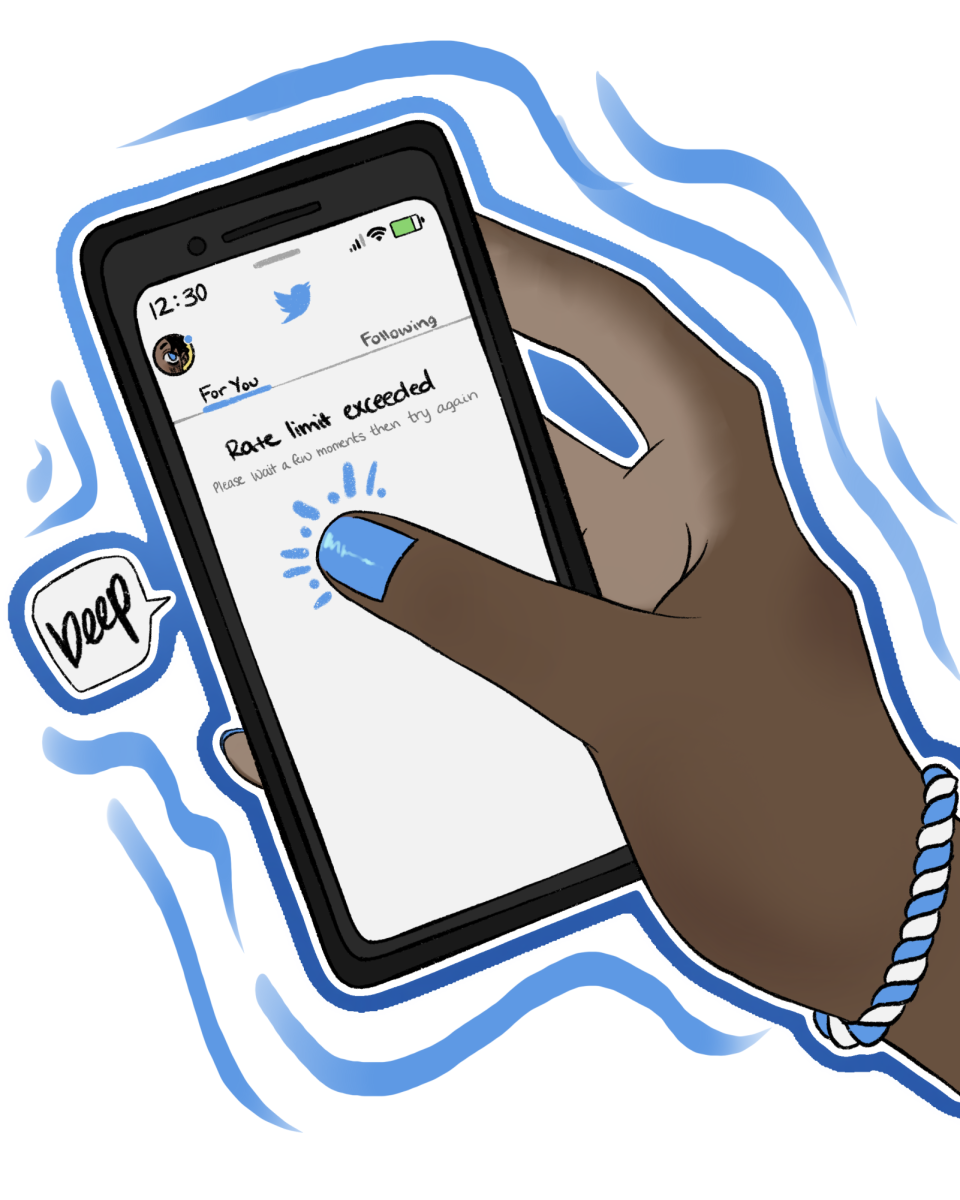Twitter recently introduced limits to the number of posts users can view per day. University experts say the move is more than just an issue for young adults who wish to infinitely scroll the app.
On July 1, Twitter owner Elon Musk announced a plan to address data scraping and system manipulation by limiting the number of daily Tweets a person may read. Users responded to the announcement with disapproval, and many sought alternatives to the social networking site.
Meta Platforms, the company behind Instagram and Facebook, launched Twitter’s newest competitor, Threads, on July 5. Keri Stephens, organizational communication technology professor, said Twitter is already losing a lot of people to the new app.
“There’s all these other platforms out there, but the other platforms haven’t set things up in the same way where you can’t find people. Everybody’s on a different server,” Stephens said. “So (Threads) has some promise from that standpoint, from a usability standpoint, I think, and also a familiarity standpoint. If it operates in a similar way to Twitter, then it’ll be easier for people to adopt it.”
The compatibility provided by Meta Platforms allows users to automatically upload their biography, username and following from Instagram to Threads. AnaMarie Cordova, Student Government communications director, said this process streamlines cross-platform posting and communication.
“I think it’s really good for anyone in the social media world or digital media communications or anything of that sort because this is all under Meta,” Cordova said. “So Facebook, Instagram and now Threads are all together.”
Some have speculated Musk introduced this new limit to further promote his Twitter Blue plan. Starting at $8 per month, Twitter Blue gives subscribers certain Twitter upgrades and a blue checkmark next to their name to signal their verified status. When Musk first announced the limits, verified accounts were limited to 6,000 posts a day, while unverified and new unverified accounts were limited to 600 and 300 posts a day. Now, verified users are limited to viewing 10,000 posts a day, and unverified and new unverified accounts are limited to 1,000 and 500 posts a day.
Retired English professor Jerome Bump said Twitter’s possible downfall is caused by the commercialization of the internet, which was a mistake.
“I’m very disappointed in the greed factor,” Bump said. “Frankly, I think it’s destroying not just the whole discovery of the internet. There’s some factors involved that could be said to be destroying democracy, destroying morality and contributing in many, many ways to dysfunction in people.”
Stephens said the real concern involves disaster communication, as people often use Twitter to spread emergency information and resources and conduct search and rescue operations.
“I really see the big issue being when you need your voice amplified, and you are calling for help either rescue help or help after any kind of a disaster,” Stephens said. “That’s where I see that being problematic because people are probably going to need more messages than that. It’s an annoyance, I’m sure, to some people who tweet a lot and some people who have relied on Twitter for their businesses, but in a disaster, it’s a lot more than an annoyance.”












